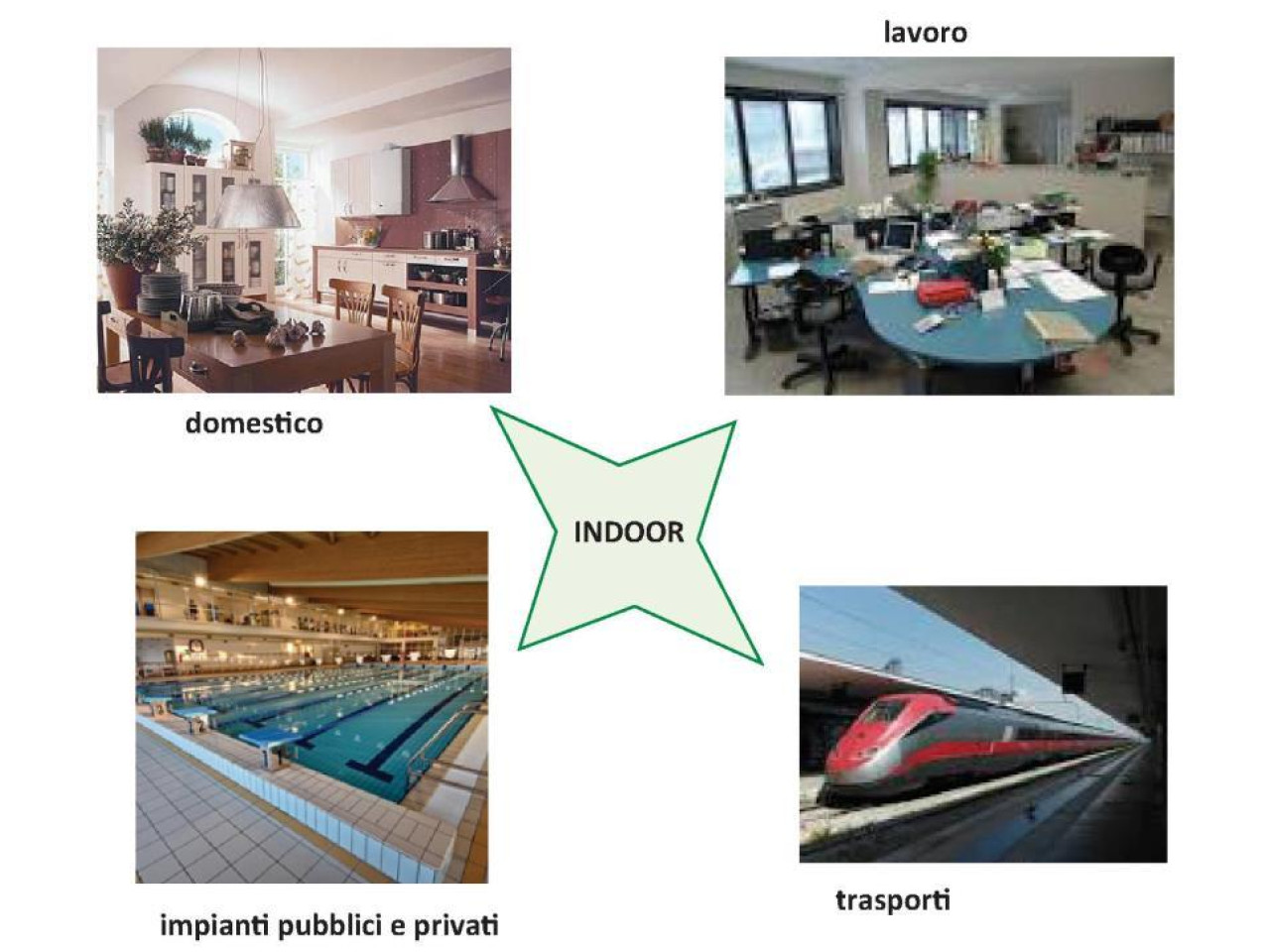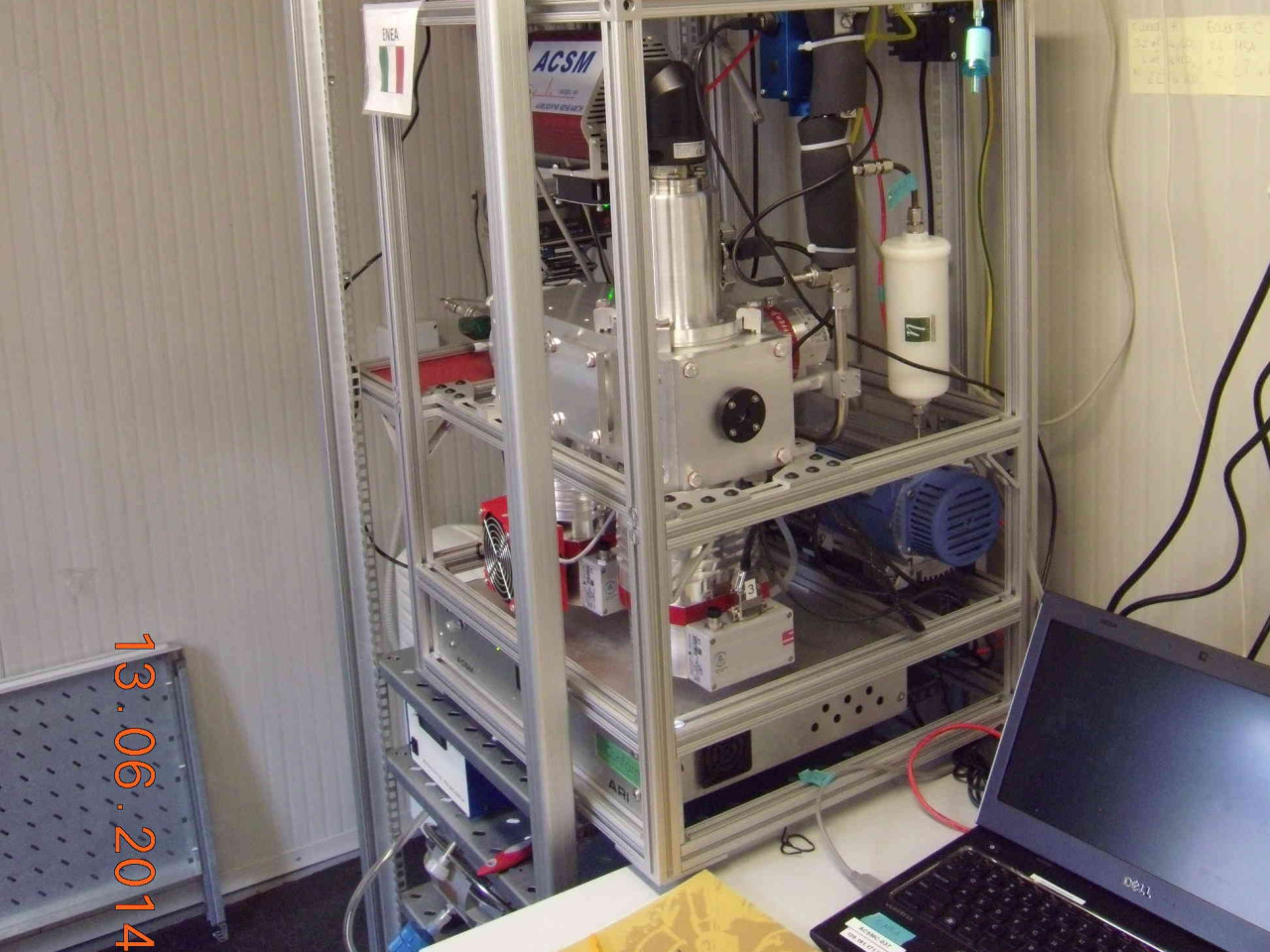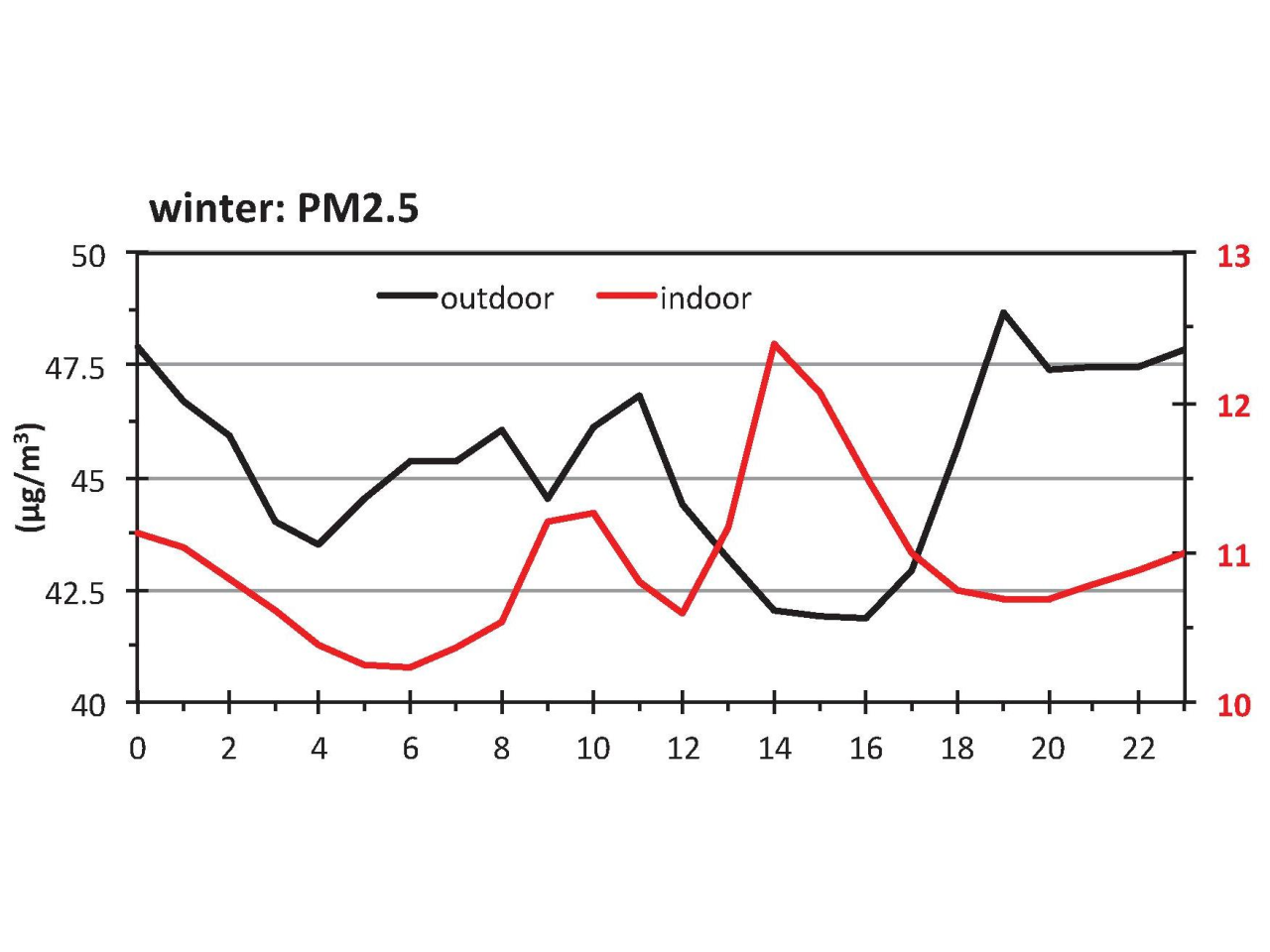Automatic monitors analyzing atmospheric particulate allow to verify air quality in indoor and outdoor environments, to assess the exposure of the population to pollutants in different living environments, to identify the cause-effect relationships of certain sources mainly linked to human activities, and to estimate the specific effects of the pollution reduction measures. The Laboratory LECOP-MIA participates in projects aimed at advancing knowledge and innovate policies on air quality and climate change; provides support to public administrations and private companies for the identification and contribution of the main potential emission sources; provides services to companies producing and distributing air quality monitoring instruments to test efficiency, response performances and any criticality of the same instruments.
 Example of monitored environments
Example of monitored environments
High temporal resolution monitors can be controlled remotely, and allow to: obtain further information on the activity of the emission sources (variations within the daily cycle), perform measurement campaigns for limited periods and collect a sufficient amount of data for advanced statistic applications. Online measures also allow to reduce or eliminate errors due to positive and/or negative artefacts related to sampling on filter and to handling and conservation of samples.
-Evaluation of air quality in residential, work and recreation (wellness centres, swimming pools, gyms, cinemas, etc.) environments -Support for epidemiological studies in different types of living environments -Support for companies dealing with production and distribution of instruments for air pollution studies, through laboratory and field trials to verify instrument performances and identify critical technical issues.
 Instrument set for indoor and outdoor air quality analysis
Instrument set for indoor and outdoor air quality analysis
Indoor and outdoor air measurement campaigns with comparison and evaluation of several monitors and standard instrumentation
The indoor sampling in the application refers to a business office located on the ground floor. Measurements were collected to compare the values of PM2.5 in mg/m3 over 24 hours, in the indoor and outdoor situations. It seems clear that the amount of indoor PM2.5 in terms of mass increases during working hours (between 8 and 18), related to the opening of the office entrances. In another application, a monitoring in rural area has made possible the identification and quantification of emission sources (source apportionment) and the percentage contribution of the various factors potentially identified as of primary anthropogenic origin (traffic, combustion of biomass), natural-anthropogenic origin (marine, marine aged, dust) and secondary origin; the secondary origin component is the one that presents the greatest contribution. Information collected (trends in the short-medium term, daily cycles, identification of the main emission sources) provide the basis for identifying appropriate management strategies for improving air quality in indoor and outdoor living environments. Tests performed on the instruments allow to determine reliability and criticalities in the sampling and analysis, particularly for those components that occur in low concentrations.
SARAS Ricerche e Tecnologie S.p.A.; Thermo Fisher Scientific S.p.A.; INNOVHUB-SSI, Camera di Commercio Milano
Results presentation in: 2014 International Aerosol Conference, 28 August – 2 September, Bexco, Busan, Korea; 4th ACTRIS General Meeting, 10-13 June 2014, Clermont-Ferrand, France; Goldschmidt2014, 8-13 June, Sacramento,USA; PM2014, VI Convegno Nazionale IAS sul Particolato Atmosferico, 21-23 May, Genova, Italia.
 Comparison between indoor and outdoor air parameters
Comparison between indoor and outdoor air parameters

